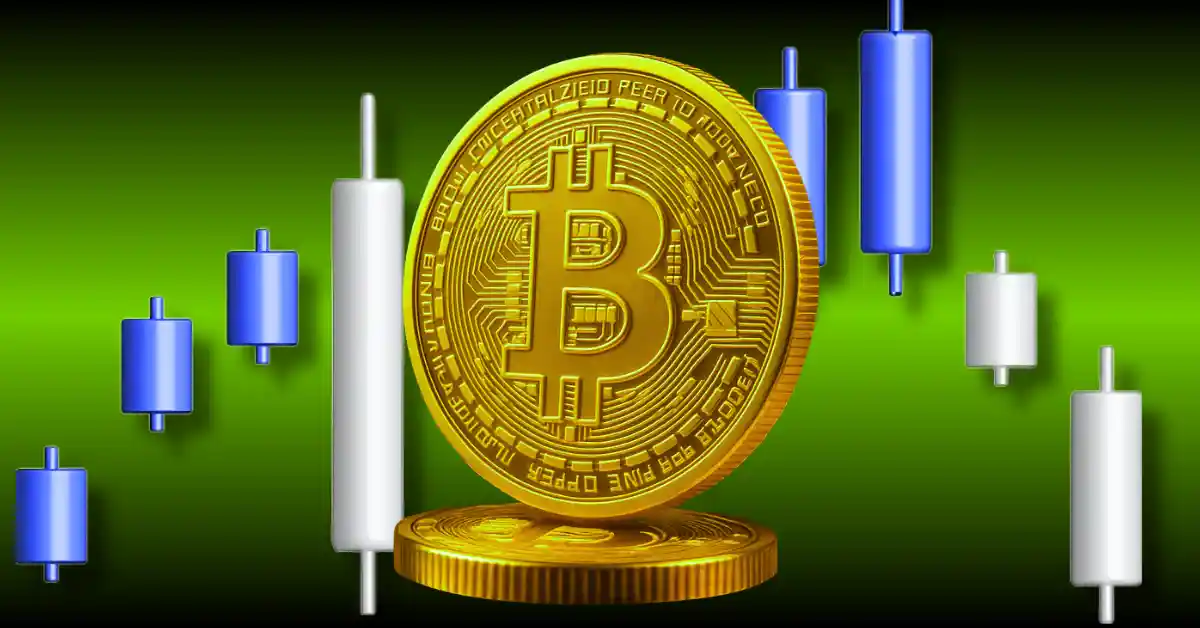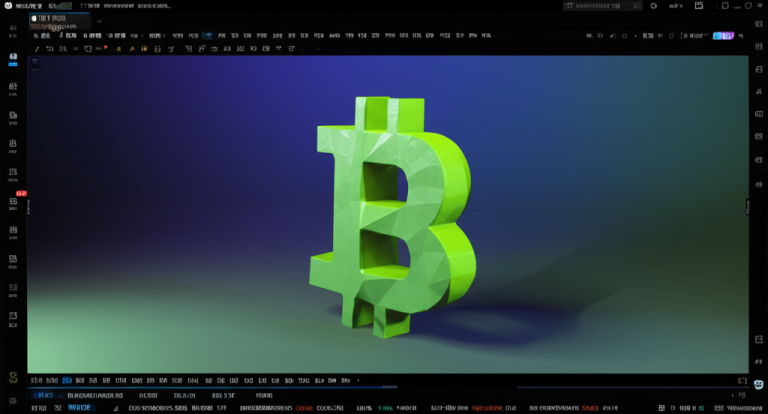The Uncertain Fate of Trump’s Strategic Bitcoin Reserve
The Genesis of a Crypto Dream
In the rapidly evolving world of digital finance, the concept of a nation-state adopting Bitcoin as a strategic asset has long been a topic of debate and speculation. However, during his campaign and subsequent presidency, Donald Trump brought this idea into the mainstream, proposing the establishment of a “Strategic Bitcoin Reserve” for the United States. This vision aimed to position America as a leader in the cryptocurrency space, fostering innovation and potentially hedging against economic uncertainties. The idea was met with both enthusiasm and skepticism, raising questions about its feasibility and potential impact on the global financial landscape.
A Reserve Under Fire: Obstacles and Skepticism
Despite the initial excitement, Trump’s Strategic Bitcoin Reserve initiative has faced significant challenges, leading many to question its viability. Several key factors contribute to this skepticism:
Lack of Congressional Support
One of the most significant hurdles is the absence of strong bipartisan support in Congress. Implementing such a reserve would require legislative action, and without sufficient backing, the plan is unlikely to move forward. The political divide in the U.S. further complicates the matter, as different factions have varying views on the role of cryptocurrencies in the national economy.
Regulatory Hurdles
The regulatory landscape surrounding cryptocurrencies in the U.S. is complex and often contradictory. Navigating these challenges and establishing clear guidelines for the reserve would be a time-consuming and potentially contentious process. The Securities and Exchange Commission (SEC) and other regulatory bodies have yet to provide a cohesive framework for digital assets, making it difficult to envision a national reserve.
Economic Concerns
Economists have expressed reservations about the economic implications of holding a national cryptocurrency reserve. Concerns about volatility, security risks, and the potential impact on the U.S. dollar have been raised. The volatility of Bitcoin, in particular, poses a significant risk, as sudden price fluctuations could have destabilizing effects on the reserve’s value.
Political Opposition
Opposition from within the government and from those who believe Bitcoin undermines U.S. control further complicates the matter. The perception that Bitcoin could challenge the power of the government makes a federal reserve seem improbable. Some policymakers view cryptocurrencies as a threat to the existing financial system, preferring to maintain the status quo rather than embrace digital assets.
Beyond Bitcoin: A Broader Crypto Stockpile?
While the initial focus was on Bitcoin, Trump’s vision seemed to expand to include a broader range of digital assets. This shift introduced additional complexities and debates.
The Inclusion of Other Cryptocurrencies
The idea of including cryptocurrencies like XRP, Solana (SOL), and Cardano (ADA) in the reserve sparked considerable debate within the crypto community. Some welcomed the diversification, arguing that it would reduce the risk associated with holding a single asset. Others, however, argued that it diluted the core principle of a Bitcoin-focused reserve, which was seen as a more straightforward and stable option.
Centralizing Government Crypto Holdings
Trump’s executive order aimed to centralize disparate government crypto caches, suggesting that the reserve would primarily consist of assets seized in criminal or civil proceedings. This approach disappointed some who had hoped for a more proactive strategy involving the purchase of new tokens. The idea of using seized assets to build the reserve raises ethical and legal questions, as the origins of these assets may be questionable.
The Executive Order: A Step Forward or a Symbolic Gesture?
The signing of an executive order to establish the Strategic Bitcoin Reserve and U.S. Digital Asset Stockpile was initially hailed as a significant step. However, a closer examination reveals that the order may be more of a symbolic gesture than a concrete plan of action.
Evaluating the Potential
The order primarily directs the administration to evaluate the potential for a national digital asset stockpile, rather than immediately establishing one. This suggests a cautious approach, with further research and analysis needed before any major decisions are made. The lack of immediate action indicates that the administration is still grappling with the complexities and implications of such a reserve.
Disappointment in the Market
The market reaction to the executive order was muted, with Bitcoin prices even experiencing a plunge. This suggests that investors were underwhelmed by the lack of concrete details and the reliance on existing government-owned tokens. The market had hoped for a more definitive plan, including the purchase of new Bitcoin, which would have signaled a stronger commitment to the digital asset.
Industry Perspectives: Skepticism and Support
The crypto industry’s response to Trump’s Strategic Bitcoin Reserve has been mixed, with both skepticism and support emerging from various quarters.
Skepticism from Crypto Leaders
Prominent figures in the crypto space, such as Coinbase’s CEO Brian Armstrong and Palantir cofounder Joe Lonsdale, have expressed skepticism about the plan. Their reservations highlight the challenges and uncertainties surrounding the implementation of a national crypto reserve. Armstrong, for instance, has argued that the U.S. should focus on creating a clear regulatory framework rather than rushing into a national reserve.
Arguments Against a Bitcoin Reserve
Critics argue that a reserve currency requires a large, stable economy and political system. The U.S. dollar already serves this purpose, and introducing Bitcoin into the mix could create instability and undermine the existing financial infrastructure. Some economists believe that the U.S. dollar’s dominance in global trade and finance should not be jeopardized by experimenting with digital assets.
Potential Benefits
Despite the skepticism, some industry experts believe that a strategic Bitcoin reserve could offer several benefits. Increased adoption of cryptocurrencies, enhanced innovation in the digital asset space, and a potential hedge against inflation are among the potential advantages. Proponents argue that a national reserve could position the U.S. as a leader in the crypto space, attracting talent and investment.
The Road Ahead: Challenges and Opportunities
The future of Trump’s Strategic Bitcoin Reserve remains uncertain, with several challenges and opportunities lying ahead.
Policy Shift Required
For the plan to materialize, a significant policy shift would be required to prioritize Bitcoin as a long-term national asset over immediate fiscal benefits. Such a move would likely face political, economic, and regulatory challenges. The administration would need to convince Congress and the public of the long-term benefits of such a reserve, which may prove difficult given the current political climate.
The Need for Clear Regulations
Establishing clear and comprehensive regulations for cryptocurrencies is crucial for fostering innovation and attracting investment in the digital asset space. Without a clear regulatory framework, the Strategic Bitcoin Reserve is unlikely to achieve its full potential. The SEC and other regulatory bodies must work together to create a cohesive set of rules that protect investors while promoting innovation.
The Potential for Global Leadership
If implemented successfully, Trump’s vision could position the U.S. as a global leader in the crypto space, attracting talent, investment, and innovation. This could have significant economic and geopolitical implications. The U.S. could set a precedent for other nations, potentially influencing the global adoption of digital assets.
Conclusion: A Dream Deferred?
Trump’s Strategic Bitcoin Reserve was a bold and ambitious idea that captured the imagination of the crypto community and beyond. However, due to a confluence of political, economic, and regulatory challenges, the plan has stalled, and its future remains uncertain. Whether it becomes a reality or fades into the annals of unrealized political promises remains to be seen. The concept itself has spurred a crucial discussion about the role of cryptocurrency in modern finance and the potential for nation-states to embrace digital assets as strategic tools. Even if Trump’s specific vision doesn’t come to pass, it has undeniably left a lasting mark on the conversation, paving the way for future exploration of Bitcoin’s role in national economies. The debate surrounding the Strategic Bitcoin Reserve highlights the broader challenges and opportunities facing the crypto industry, as well as the need for clear regulations and a cohesive policy framework. As the digital asset landscape continues to evolve, the U.S. and other nations will need to grapple with these issues, determining the role of cryptocurrencies in the global financial system.





